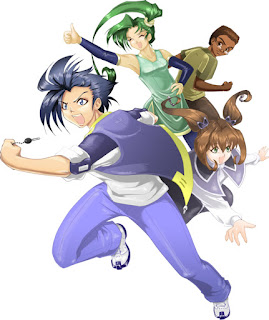What Did North America Look Like During the Ice Age?
Glaciated areas looked, well,
glaciated—hard barren plains of packed ice and snow, bordered by
tundra. The rest of North America was greener, wetter, a little
cooler; probably more inviting looking than it is today, unless a
mega storm was ripping through your neighborhood, or a nearby volcano
saw fit to erupt. The abundant rainfall was caused by condensation
contributed by a warm ocean paired with cooler landmasses. This went
as the temperature of the ocean dropped, until it became cooler than
it is today, and the rainfall ceased. For a few short years the earth
must have seemed to have fallen asleep; little rain, only wind1
which as the drought increased began piling up snow and dirt into
giant shifting hills, like an apocalyptic Hollywood dust bowl. These
deposits of “loess” can be found all over the world, and North
America was no exception. Ancient “sand dunes” from this period
cover most of the Great Plains.2
To add to the environmental disaster, the ice caps began to melt,
flooding rivers and creating immense bogs. Mass extinction of “mega
fauna” became the order of the day. In America we lost 70% of all
mammals that weighed over 100lbs3;
horses, camels, any lingering dinosaurs, giant beavers and sloths,
and, of course, the woolly mammoths. It was the worst of times. Some
calculate that it took the earth about 200 years4
to find her balance, and become the lovable planet we know today.
Learn more about the Ice Age here.
1
Oard Ice Age Caused By the Genesis Flood, pp. 109-119
2Muhs,
D.R. and V.T. Holliday, Evidence of active dune sand on the Great
Plains in the 19th century from accounts of early explorers,
Quaternary Research 43:198–208, 1995.
3Martin,
P.S., and R.G. Klein (Eds.), Quaternary extinctions: A prehistoric
revolution, University of Arizona Press, Tuscon, AZ, 1984.
Stone, R., Mammoth: The resurrection of an
Ice Age giant, Perseus Publishing, Cambridge, MA, pp. 94–143,
2001.
Agenbroad, L.D. and L. Nelson, Mammoths: Ice
Age giants, Lerner Publications Company, Minneapolis, MN, pp. 87–99,
2002.
4Oard,
Frozen in Time, Chapter 10 Catastrophic Melting



